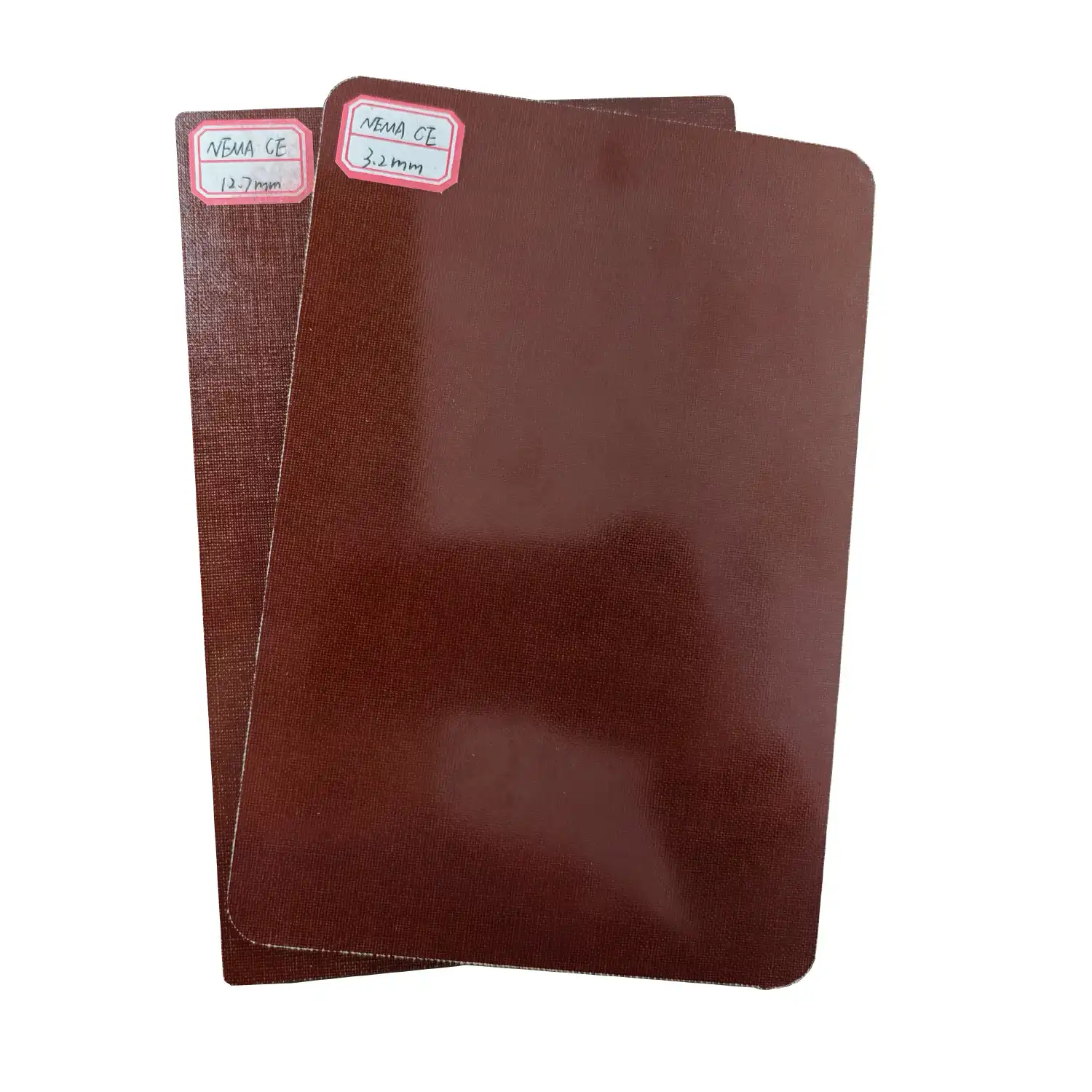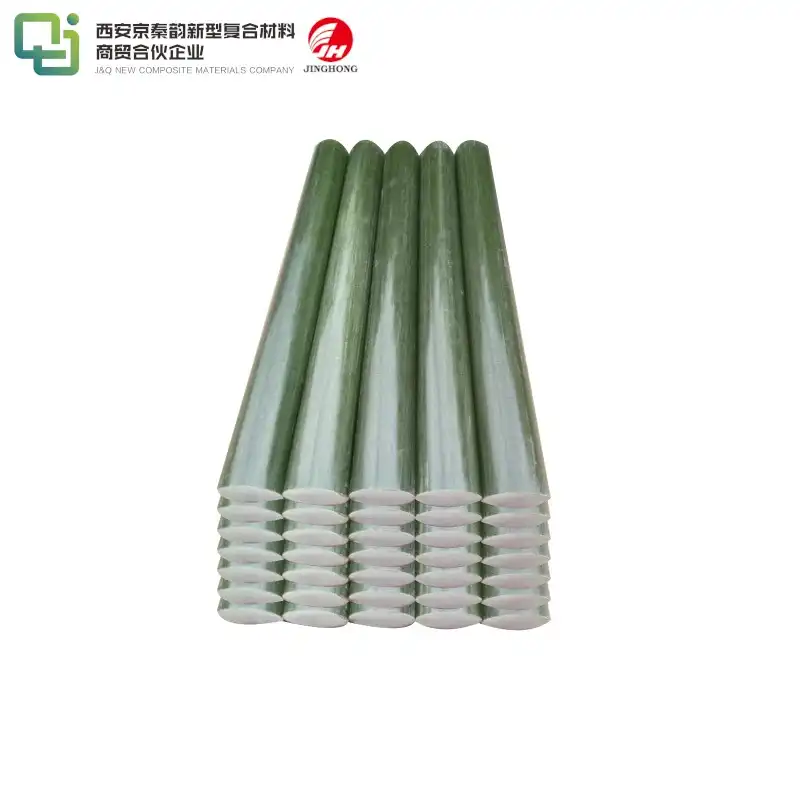Fiberglass Industry Chain Depth Analysis
2022-02-22
Glass fiber (referred to as glass fiber) is a new type of inorganic non-metallic material with a superior performance. It is a wide range of composites in modern industries. It is also a new material that my country's key encouragement.
The glass fiber use is wide and continuously expanded. In the short term, the four large downstream demand industries (electronic appliances, new energy vehicles, wind power, 5G) high growth brings sustainability. In the long run, the glass fiber and its products have been quickly increased, and the penetration rates in various fields have improved, and the industrial market space is broad.
Glass Fiber Industry Chain
China has currently forming fiberglass (raw yarn), fiber optic articles and glass fiber composites, and is divided into three regions of upper and lower regions.
Upstream provides necessary raw materials for glass fiber production, involving ore mining, energy, chemical and other industries.
The glass fiber production is located in the middle of the industrial chain. Through the use of the upstream raw materials, the glass fiber yarns and glass fiber textiles, non-woven products are produced, and these products have been further processed and become terminal composite products.
The downstream industry involves infrastructure, environmental protection, energy saving and new energy, transportation and so on.
Glass fiber: upstream raw materials
In the cost of the glass fiber product, the upper rough supply of the glass fiber is relatively abundant, and the cost is relatively large.
The figs in the glass fiber is mainly ore raw materials such as leaf stone, kaolin, limestone, manufactured by high temperature melting, brushed, gauze, woven fabric, etc., by forming fiber optic articles and glass fiber composites to downstream industries.
my country's quartz sand and leaf stone have a large resource advantage, and the price changes is small, and the overall impact on the fiber optic industry is not much.
Power energy is the second factor in glass fiber production, mainly natural gas, platinum rhodium consumables. In the process of producing glass fiber, pool kiln, there is a strong dependence on heating energy, such as natural gas, electricity, and production information such as platinum rhodium alloy drain.
Middle reaches: glass fiber products
Glass fiber products are mainly divided into nonwoven articles, textile products.
Non-woven articles refer to a product made of fiberglass (mechanical, chemical or thermal method), including glass fiber felt (such as short-cut felt, continuous felt, needle felt, etc.), grinding fibers.
First Classification | Secondary Classification | First Classification | Secondary Classification | ||
Fiberglass | Glass Fiber Nonwoven Products | Short-cut felt | Glass fiber composite material | Glass fiber deep processing products | Copper clad laminate |
Wet belly felt | Insulation Materials (FR4 sheet, 3240 epoxy board) | ||||
Continuous felt | Immersion coating product | ||||
Sewing felt | Thermoset Enhance plastic products | ||||
Needle felt | Thermoplastic Enhance plastic products | ||||
Fiberglass Textile | Fang cloth | Enhance building materials | |||
Grid cloth | |||||
Electronic cloth |
The glass fibers can be divided into alkali, alkali, high alkali and alkali fiberglass. Among them, the alkali-free fiber occupies the mainstream market, and the capacity size is more than 95%.
According to the size of the monofilament diameter, it can be divided into three series of roving, fine yarn and electronic yarn. Among them, the coarse yarn often has a glass fiber reinforced plastic (FRP) after composite with resin; the fine yarn can be made into glass fiber textile products; the electronic gauze causes the glass fiber fabric, mainly used to make FR4 sheet and copper clad laminate of the printed circuit board.
From the view of production capacity, the yield of my country's roving is about 70% -75%, but with the elimination and adjustment of roving production capacity, the coarse yarn is gradually declined.
Downstream application field
The glass fiber is not the final form of downstream applications, but as a composite glass composite material in the middle and downstream products, the overall performance of the material is enhanced.
The downstream of the glass fiber industry is very dispersed, with a higher degree of relevance to macroeconomic economy.
At present, building materials, transportation, industrial and wind power generation is the main downstream industry of glass fibers, and four in the glass demand structure is as high as 87%.
In the context of "double carbon", policy promotion energy structural adjustment is increased, and wind power investment is expected to maintain high strength. The wind power grown demand is expected to gradually rebound. At the same time, the penetration rate of new energy vehicles has increased steadily, driving the use of glass fiber materials, demand The medium and long-term growth is still better.
In the wind power industry, glass fibers are mainly used in manufacturing wind-powered blades and machine compartment cover, and China is currently the largest wind power market in the world.
The rapid development of my country's wind power industry boosted the rapid growth of upper reaches and its products, with the continued development of the future wind power industry, the landing of a large number of wind power products production lines, and fiber optic application prospects.
Electronic glass fiber yarns are glass fiber materials having better insulation, which can be made into FR4 sheet and 3240 epoxy board for printing circuit board (PCB) core substrate - coated copper production.
Fiber optic industry competition pattern
The glass fiber industry has a scale effect, and large companies will reduce production costs through continuous expansion and improve market share.
Whether it is my country or a global, the market concentration of the fiber optic industry is relatively high, and the global faucet is stable.
China's boulders, US OC, Japan NEG, Taishan glass fiber, Chongqing International, US JM six major manufacturers account for nearly 70% of global capacity.
The top three major companies in China are China's boulders, Taishan glass fiber and Chongqing International. The three totals account for 65% of domestic capacity. At present, the domestic fiber optic industry has also formed differential positioning in different segments. The three faucets and the second echelon company have clearly opened the gap.
In the field of subdivision, China's boulder and cost advantages in the roving field are not shake. The advantage of the boulder and Taishan glass fiber in the wind power, the E9 and HMG ultra high modulus glass fiber yarns are developed, and the technical content can be adapted to the challenge of the blade.
The technical requirements of the e-screen / cloth are higher, the Guangyuan new materials, Honghe Technology, Kunshan must be in the leading position. Among them, the high-end electronic cloth technology of Honghe Technology has an advantage (the world's first echelon), and gradually realizes high-end electronic yarn. In the field of glass fiber, the Changhai shares is a faucet, forming glass fiber, resin, and FRP complete industrial chain. In addition, Shandong glass fiber, Neijiang Hua, Chongqing Sanli also occupies part of the market share.
Based on the current cost advantage, further promote the construction of the intelligent manufacturing plant, reduce labor costs, and reduce energy consumption through cold repair techniques, which is the main means of maintaining cost advantages and reinforcement costs in my country.
According to the "14th Five-Year Plan" Development Plan for China Fiberglass Industry Association, the structural reform of the supply side supply side of the glass fiber industry is promoted to the fundamental power. Strictly control the industrial capacity of industries and increased rapid growth; market-oriented, doing research and development and market expansion of glass fiber and products; vigorously promoting the whole industry to intelligent, green, differentiated, international upgrades, and realizing high quality development.

_1732777843529.webp)





